The UK government policy change from ‘Stay at home’ to ‘Stay alert’ represents a watershed moment in the country’s response to coronavirus. What was previous an unacceptable risk has been relabelled as acceptable. The prime minister chose to abandon his medical wingmen in speaking to the nation; thereby signifying this was a political not medical decision. Frustration at the Treasury and among the public has been appeased. For all the bluster and justification, the risk has been transferred from the state to the individual, yet the public are ill equipped to judge this.
History tells us that the only way to combat contagion is through isolation, all viral infections spread through human transmission so cutting this contact is critical. You don’t have to be an epidemiologist to realise that isolation is the most effective way to combat a virus. Any policy that contradicts this increases the risk of an epidemic spreading. Medical experts would have us in lockdown until a vaccine or cure is at hand, but the duration required is politically unpalatable. No government leader would throw his economy under a bus for the sake of 1% of the population.
This transfer of risk is the most cavalier act of public health protection since Sweden decided on its own lockdown-lite policy. Employers and workers are to make their own judgements about safety in the workplace; the only default metric of success will be the death rate. It will be a miracle if the ‘stay alert’ policy does not result in the R rate rising above one. Abandoning a policy of isolation before the R level is well below 0.2 represents a significant public health risk, but political expediency demands that party and economy be assuaged after eight weeks of inertia.
We are encouraged to mix with colleagues in the workplace – at a safe distance – but about whom we know nothing of critical health metrics such as their viral load or transmission potential, anyone could be an asymptomatic spreader. Even if daily testing reaches the magical 100,000, these swab tests only take a snapshot of whether you have the virus at the time. By the time you get to test the population of 66 million, this will be worse than painting the Forth Bridge, a Sisyphean task beyond even our heroic NHS. After eight weeks we’ve learnt that the NHS can cope with a surge, but that PPE and testing kits remain a procurement challenge due global shortages.
In communication terms the new policy is a compromise, an experiment in economic damage limitation that might get lucky if the R rate stays below one. The responsibility for achieving this has been handed back to the public, while the government crosses its fingers and hopes.

